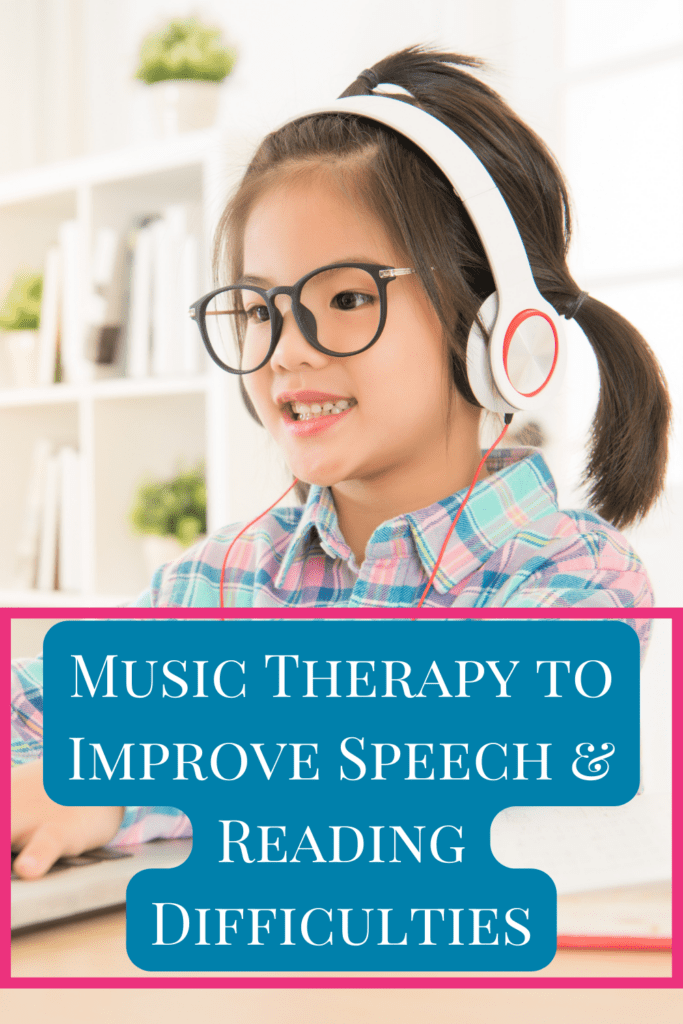Lukas was one of my first clients and I’ll admit – I was terrified I was going to fail. He was 14-year-old, and had non-verbal autism. He didn’t make eye-contact and couldn’t read.
Mom was burnt out from caring for Lukas. She had tried healthy diets and ABA therapy and every other intervention specialists recommended but non of them helped Lukas to communicate or better learn and read.
Mom would stay up at night sick to her stomach that at the idea of what would happen to Lukas when she was no longer around.
Why Sound Therapy Works So Well
She attended one of my talks and decided she was tired of conventional approaches. Among the many therapies and interventions we did with nutrition and gut healing – it was the listening and music therapy that shocked me the most.
Within just four months, Lukas was speaking in non-scripted sentences and was making eye-contact. Why did sound therapy work so well? There are several reasons but the most simple but interesting is that music and language use the same neurological pathway.
It’s for this reason that the variations in sounds, rhythm, pitch and frequency in music and listening therapy can create such impressive reversals with learning disabilities, dyslexia, auditory processing, attention difficulties as well as processing speed.
Sound as a Brain-Changer is 70-Years-Old
Listening therapy is nothing new – it’s based on almost 70 years worth of research as far back as Dr. Tomatis in the 1950’s. Yet, the benefits of music and listening therapy programs go so much further than that. Acoustically filtered music that is used in sound therapy programs actually improves the function of the lower brain levels.
The Brain Develops in Layers
The lower brain levels are first to develop. When they are not sufficiently developed or when there are weak connections, then often the result is learning and behaviour issues.
When the lower brain levels aren’t working well, then the cortex (the higher brain levels) must take over tasks like coordination, focus, balance, sensory integration and so much more.
If the higher brain levels are occupied with those lower brain level tasks, then it can’t do its job which is supposed to be those higher order processes like reasoning, planning, concentration, memory, focus, emotional regulation, organization, analysis and critical thinking.
… You know – all of those things that your child needs to do to be able to read, write, memorize and regulate their emotions.
Private School Interventions in Your Own Home
As Lukas continued with the listening therapy he made more and more gains. Six months later he was reading at a grade 4 reading level and comprehending what he was reading!
Because Lukas was my first ‘tough’ client, I was shocked that sound frequency therapy could improve reading, but not anymore. I see the results of listening therapy with my dyslexic and learning disabled clients every day. Dr. Norman Doidge talks about the science behind it and the decades of research in his New York Times Bestselling book, The Brain’s Way of Healing.
I realised the only reason I myself needed convincing that these changes were actually possible and not some miracle case is because like so many moms and educators, I was led to believe over and over that you’re stuck with the brain you are born with.
Now the only thing that I find hard to believe is why these evidence-based therapies are only used in private schools or hospitals for stroke and brain injury recovery.
This is why I am so passionate about bringing parents private school interventions without the private school price tag.
If you want to learn more about how you can help your child move beyond management approaches and snail paced progress, book a free Clarity Call session.
